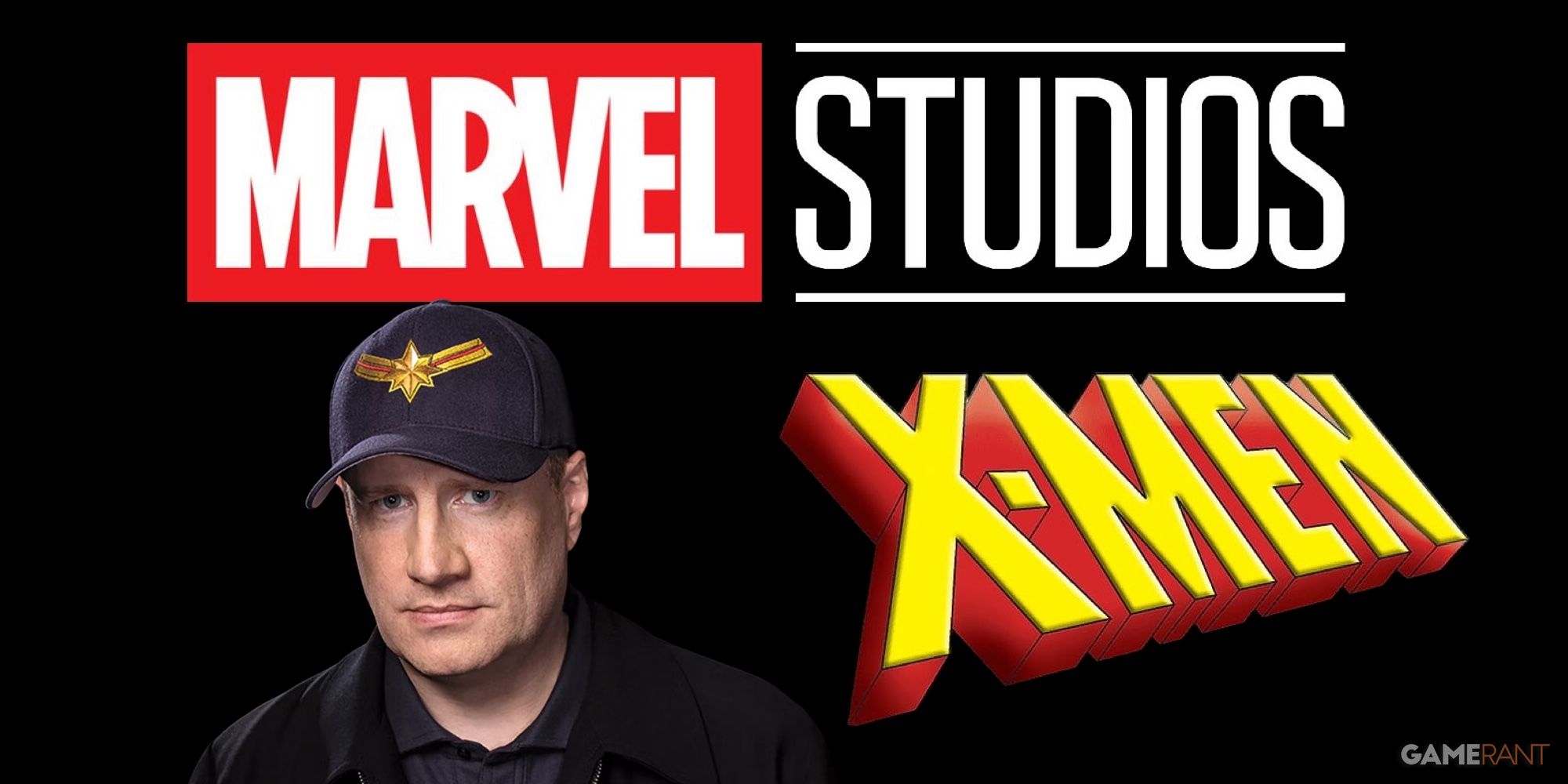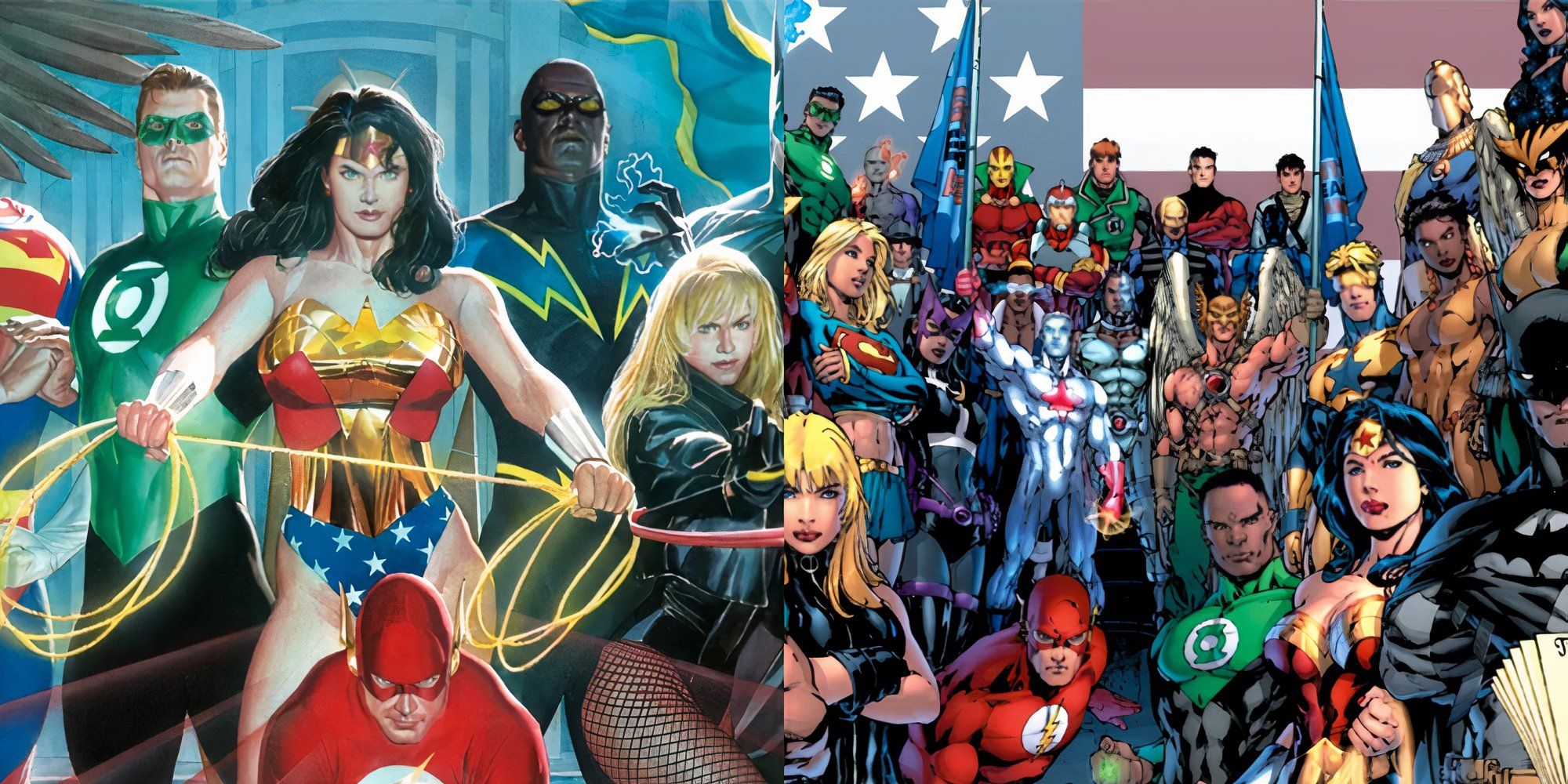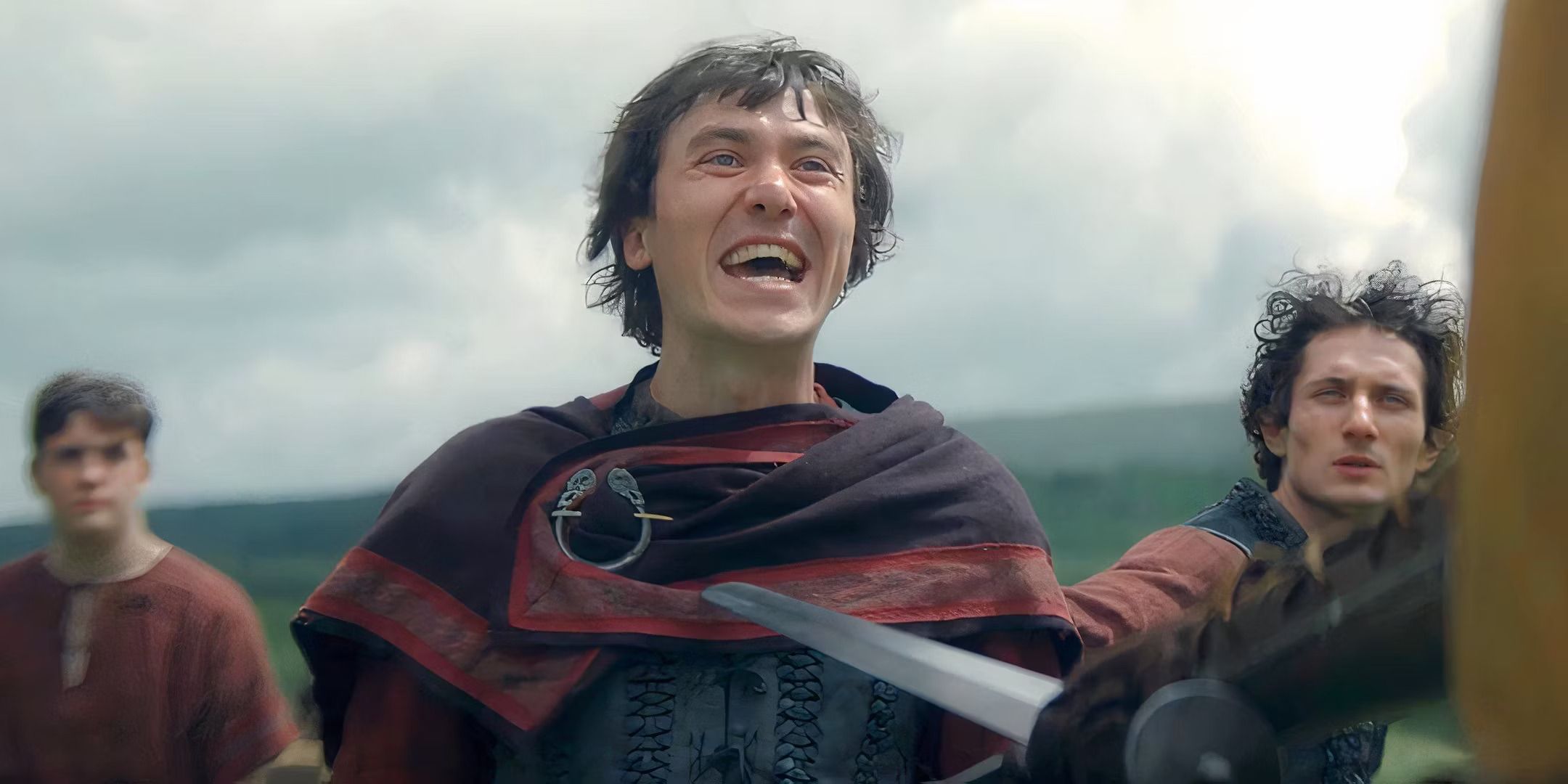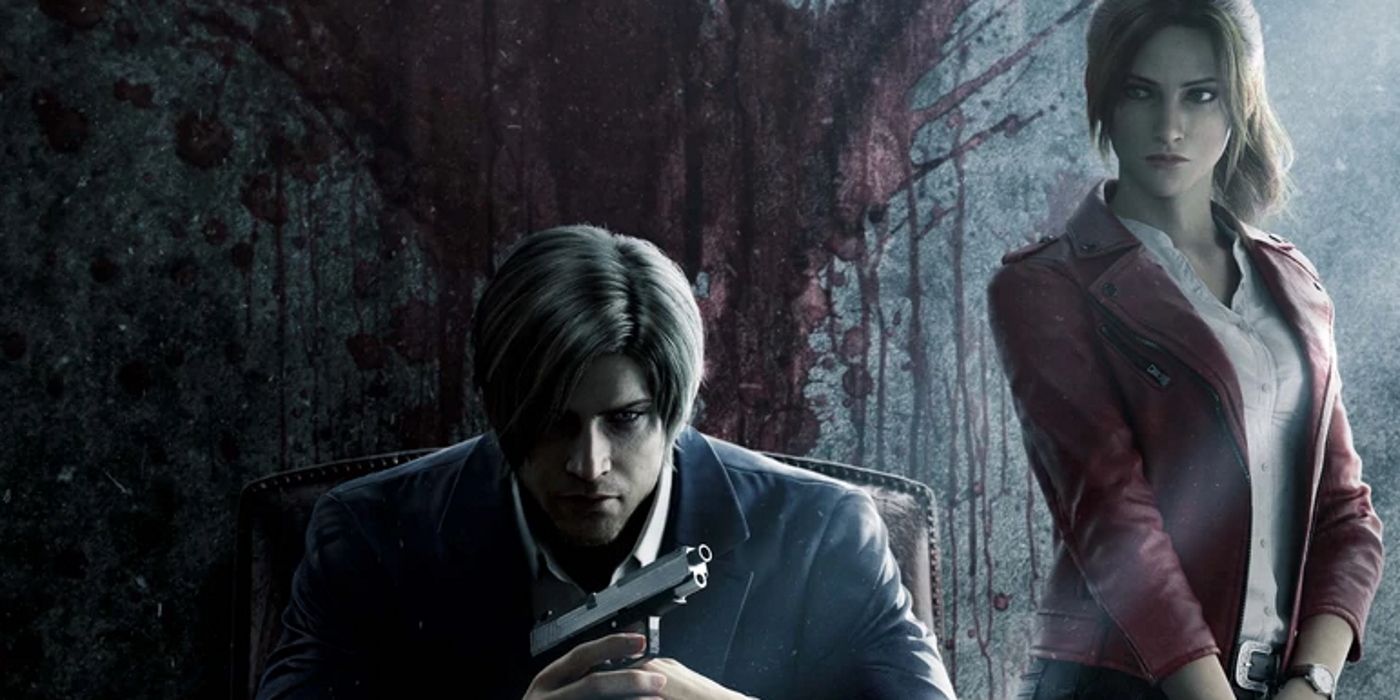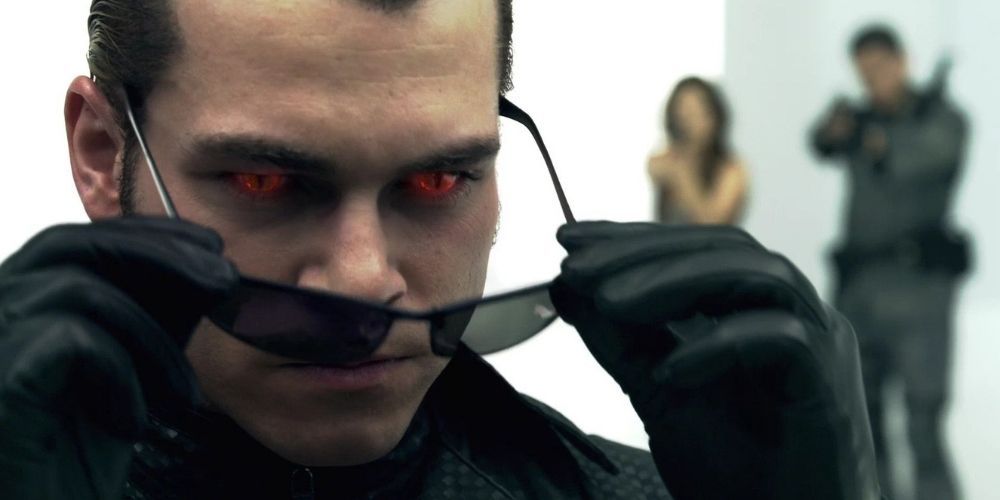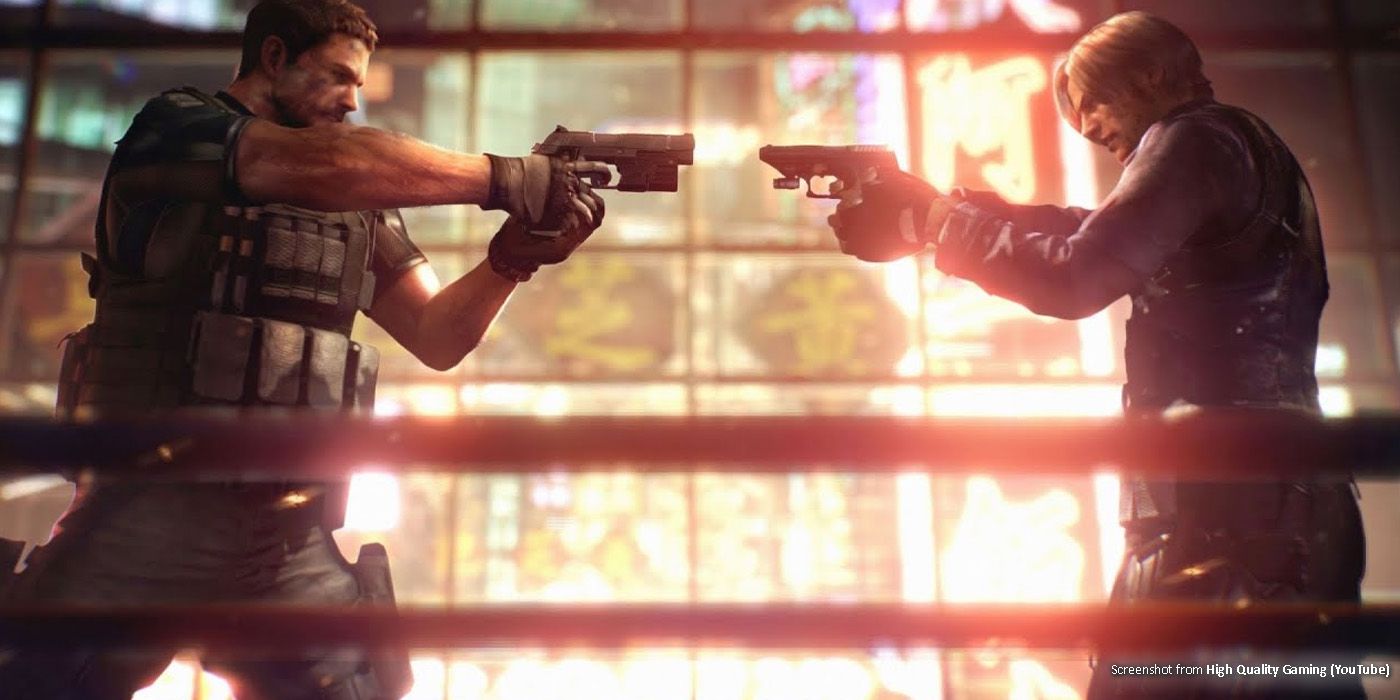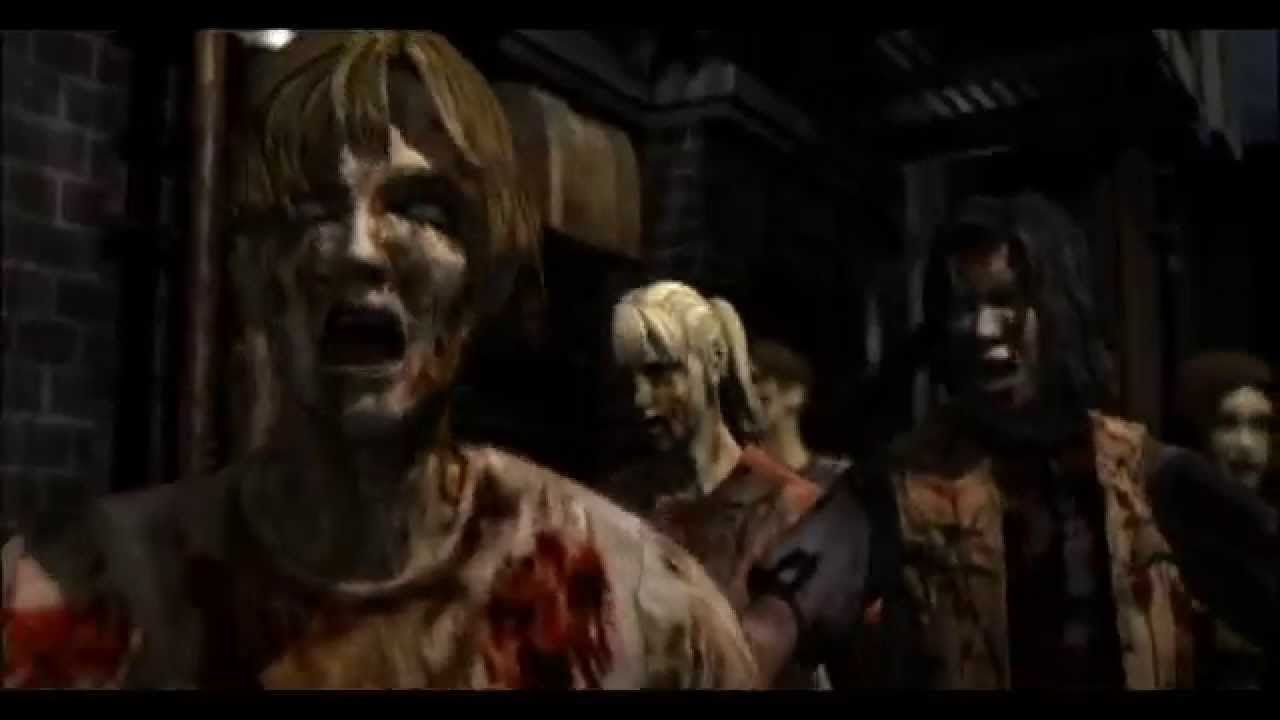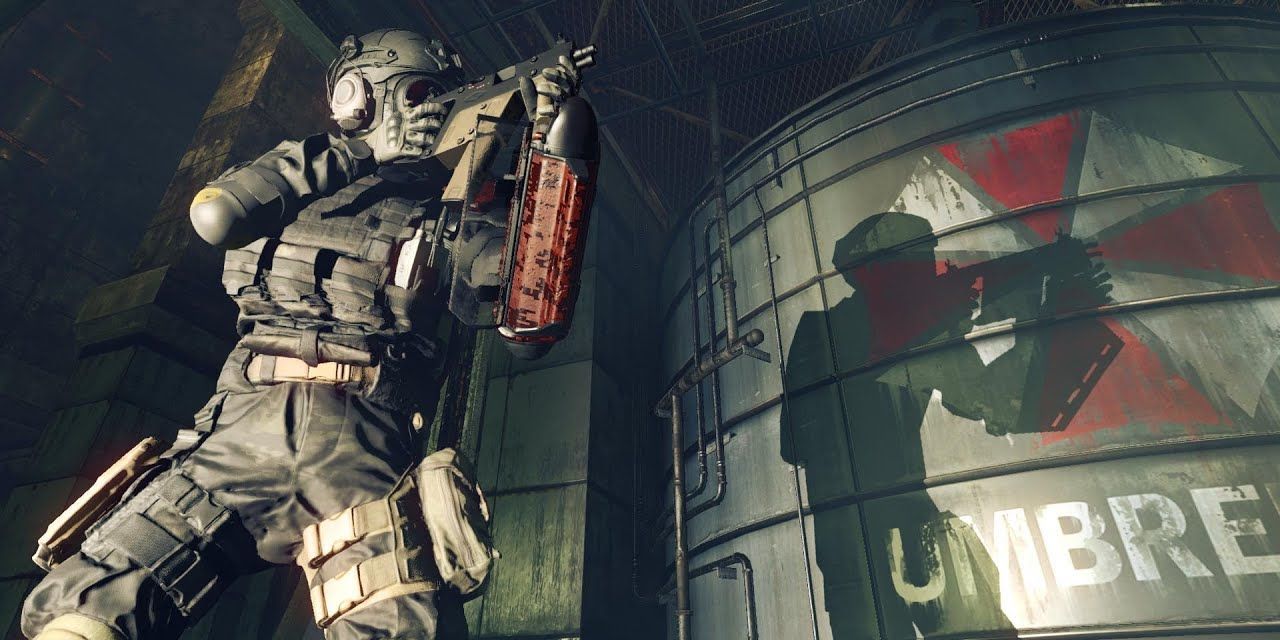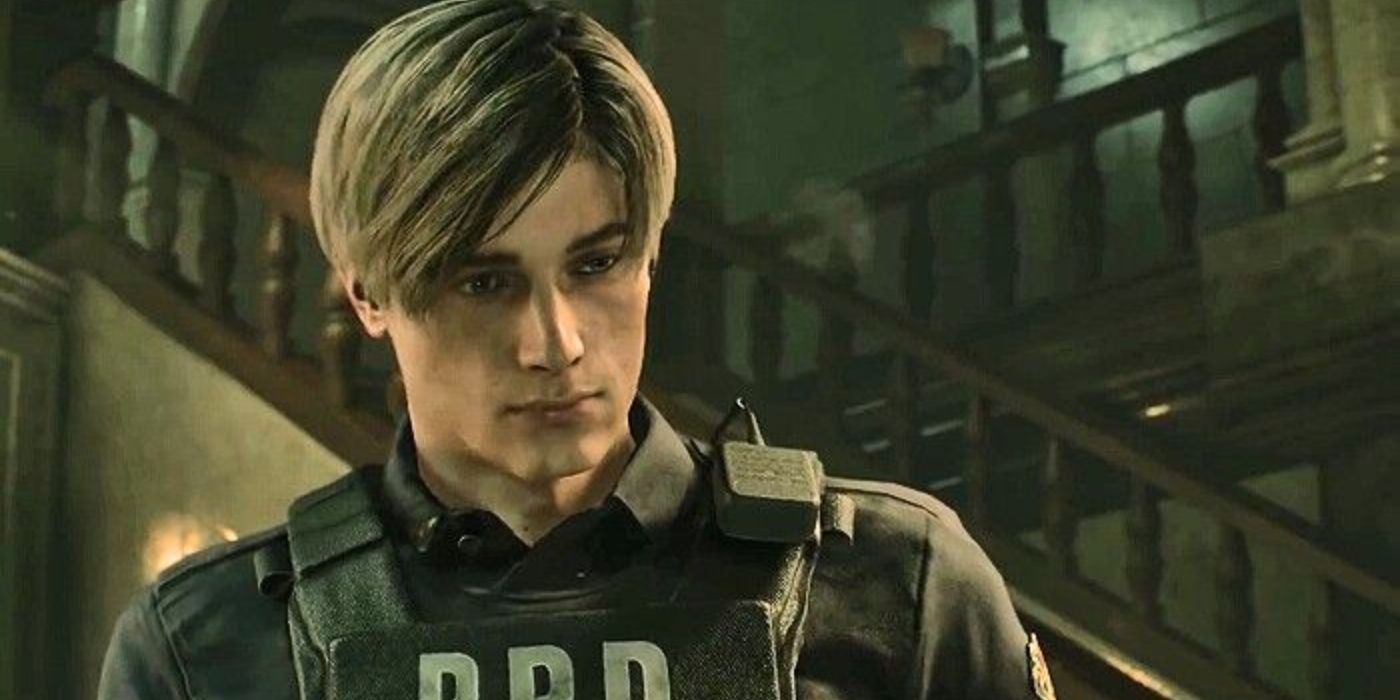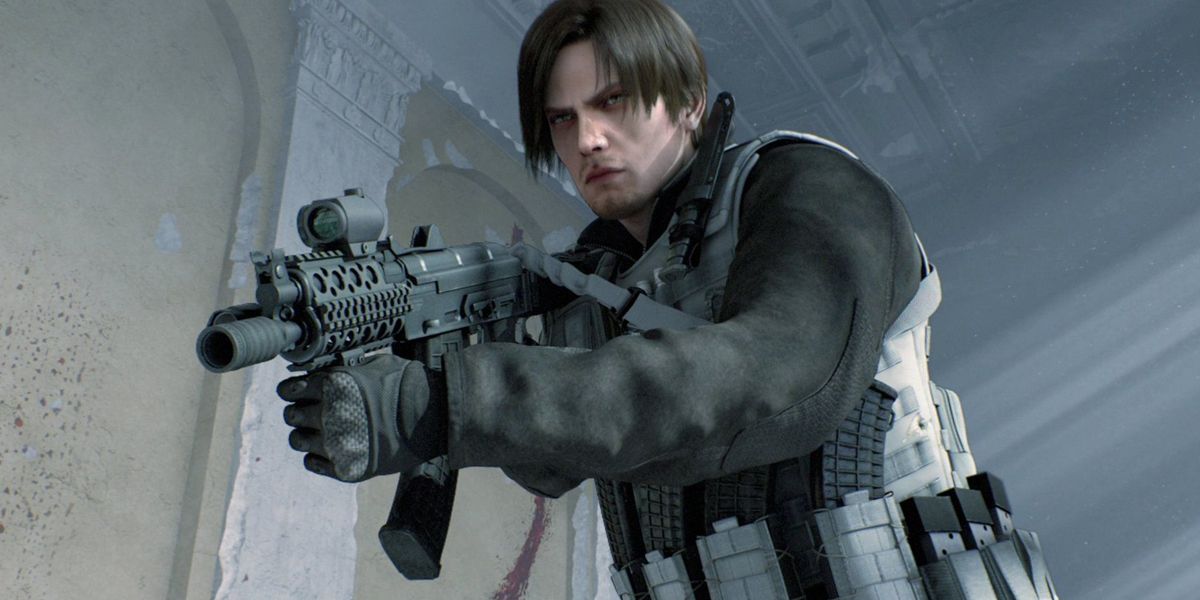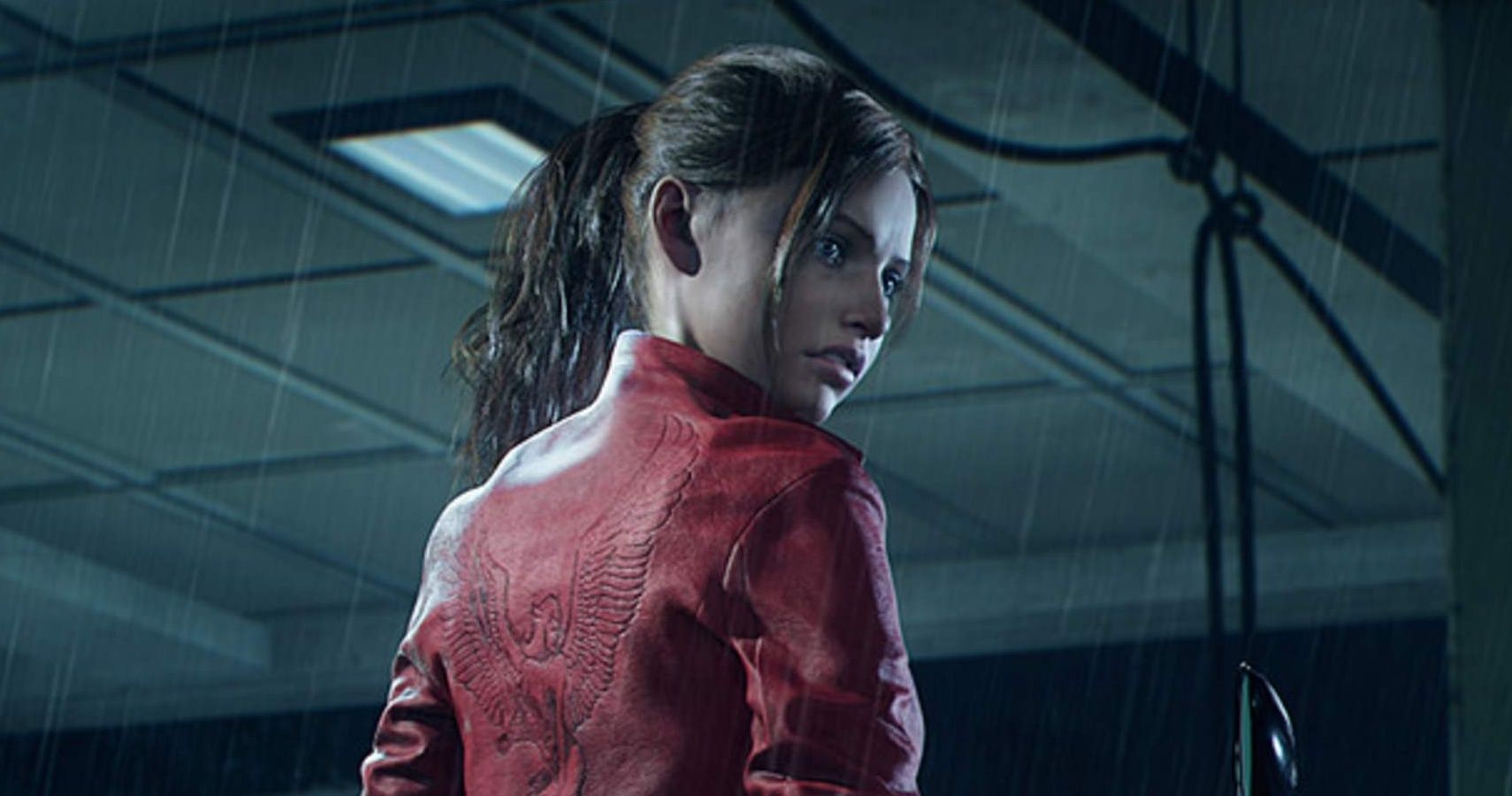The Resident Evil series is one of the most successful third-party franchises in the video game industry. It's also one of the most notoriously complicated.
This can largely be chalked up to how it got off to an awkward start. The first two Resident Evil games weren't expected to be as popular as they were, and the third, 1999's Resident Evil 3: Nemesis, was made very quickly with an inexperienced team in order to fill a hole in that year's production schedule. RE's primary creator, Shinji Mikami, isn't a huge fan of straightforward linear storytelling to begin with. He left Capcom in 2005, which was the same year as the untimely passing of RE2 writer Noboru Sugimura.
Later creators at Capcom have tried to reorganize the series into a more coherent whole, with 2008's Resident Evil 5 as a massive deck-clearing exercise that finally sorted out the storyline and wrapped much of it up for good. While Resident Evil is still fond of complicated narratives (Lucas in the last third of Resident Evil 7,) the modern games are easy enough to follow.
For newcomers to the franchise, though, it can be tough to get into Resident Evil. Besides the conspiracy-laden craziness of the games' early installments, there are currently something like six other Resident Evil continuities. This includes Paul W.S. Anderson's live-action film franchise (above), which stars Milla Jovovich as supersoldier Alice Abernathy, as well as the planned 2021 reboot of the film franchise, which deliberately skews closer to the games' storyline; and the upcoming Netflix live-action TV series, which stars Albert Wesker's twin daughters Jade and Billie as they move to New Raccoon City.
The upcoming Netflix animated show Infinite Darkness is, like the previous OAVs Degeneration, Damnation, and Vendetta, set firmly within the continuity of the mainstream games and co-starring Resident Evil 2's Leon Kennedy and Claire Redfield. While very little has been revealed about Infinite Darkness since its debut last September, there are about to be enough mutually exclusive Resident Evil adaptations airing at once that it's easy to imagine a newcomer to the franchise getting very confused, very quickly.
The World of Resident Evil
One of the remarkable things about the core RE setting is that it's a zombie story that isn't set during or after an apocalypse. (Yet.) While there have been several massive disasters tied to various zombie outbreaks between 1998 and the present day, including the outright loss of several (fictional) cities, global civilization is still largely intact as of the series' present day.
This is mostly down to the existence of several organizations within and outside of world governments that are specifically out to keep the zombie count manageably low. The most famous of the lot is the BSAA, the Bio-Security Assessment Alliance, which was introduced in 2008's Resident Evil 5. A paramilitary group managed by the United Nations, the BSAA provides both logistic and military assistance in situations where it looks like a zombie plague, or "bio-terror," might be a concern. It was co-founded by Resident Evil mainstays Chris Redfield and the conspicuous-in-her-absences Jill Valentine, and has been a major element of the series' lore in almost every game since its introduction.
The first animated movie, 2008's Degeneration, mentions as a side note in its opening that there were a couple of dozen biological zombie attacks throughout Resident Evil's Earth between 1998 and 2005, with a total death toll of around a million people. This includes the Raccoon City disaster, the setting of Resident Evil 2, 3, and Outbreak, and presumably would also retroactively count the sinking of the island city of Terragrigia, which forms a big part of the backstory of 2012's Resident Evil: Revelations.
Where Do Zombies Come From?
The primary cause of zombies in the RE universe is the T-Virus. Its inconsistency within the games' universe has widely varying effects in every other continuity and has become the basis for several other weaponized plagues over the course of the series.
The T-Virus's official origin story is that it's a third-generation derivation from a virus found in a rare African flower. The scientists who originally discovered it quickly started the Umbrella Corporation as a cover for their research into its possible uses. By 1978, the flower had been refined into the modern T-Virus by Umbrella co-founder James Marcus, who promptly caught a bullet for his trouble. (Then he turned into an opera-singing leech monster).
By 1998, the T-Virus's primary use by Umbrella's scientists was as a sort of biological super-glue. It could be used to produce entirely new forms of life, such as the series's trademark Hunters, and Umbrella had just completed development on a planned "ultimate life form" code-named the Tyrant. Humans and animals who were exposed to the T-Virus would eventually die, and then reanimate into cannibalistic, hungry zombies.
The exact motivation for Umbrella's T-Virus experimentation is less straightforward than it looks. One of the things that the Resident Evil series hasn't communicated as effectively as it could've is that there were a lot of clashing agendas behind the scenes at Umbrella, which ranged from simple monomaniacal goal-seeking (Marcus) to a eugenics-fueled plan to forcibly evolve the human race into a subservient slave species (Umbrella CEO Ozwell Spencer).
The Umbrella Corporation
Umbrella spent the better part of twenty years burning through unwilling research subjects to see what the T-Virus and its derivatives could do. This may also explain why the RE universe is significantly ahead of the overall technological curve, as various games have shown Umbrella having access to tech like railguns, plasma cannons, semi-sapient artificial intelligence, and functional human cloning, all by the far-flung future year of 1998.
Despite all that, though, Umbrella couldn't handle the PR hit from the Raccoon City disaster. In one of the most significant anticlimaxes in video game history, Umbrella was quietly driven out of business between RE3 and RE4, as it lost several court battles offscreen and was forced to shut its doors.
Several later antagonists have explicit ties to Umbrella, many of its projects ended up on the black market during and after Umbrella's closure, and there have been occasional subplots in later games about someone planning a revival of some or all aspects of the company, but Umbrella itself is gone for the time being. Several of its less monstrous employees were revealed in Resident Evil 7's Not a Hero DLC to have reincorporated as an anti-bioterror private military company under the questionable branding of Blue Umbrella.
This is another major point of departure between Resident Evil and a lot of other media in its genre pool, including many of its adaptations. Umbrella actually lost the game. It isn't an effectively permanent fixture of the game's world, constantly springing back up from knockout blows like a corporate Jason Voorhees, or worse, staying on that Weyland-Yutani line where it constantly survives and even somehow benefits from its seeming defeats.
Leon Kennedy
The return of the 21-year-old rookie Leon in 2019's Resident Evil 2 remake served as a reminder to a lot of the gaming community that once upon a time, Leon didn't suffer from alcoholism and PTSD. Since his sudden evolution from newbie cop to backflipping super-agent in 2005's Resident Evil 4, Leon's subsequent appearances have furthered his descent into a stoic, hard-drinking archetype, whose significant successes don't matter as much to him as his relative handful of failures.
Following Leon's walk into the sunset at the end of RE2, Claire took off on her own to try and find Chris, leading into the events of 2000's Resident Evil: Code Veronica. That left Leon babysitting a 12-year-old Sherry Birkin when both of them were detained by the government. In order to keep an eye on Sherry, who was infected with a rare super-virus and heading into a bad time, Leon took the job the feds were offering. A training montage quickly ensued.
From there, he moved on to the Secret Service, where he accidentally ended up as the only dude bad enough to rescue the president's daughter (Resident Evil 4), and the became the first operative in a new anti-bioterror department under President Adam Benford. As an agent in the Division of Security Operations, one of Leon's first gigs was investigating the use of bioweaponry in an eastern European civil war (2012's Resident Evil: Damnation).
It probably didn't help when shortly afterward, at the start of 2012's Resident Evil 6, Leon's boss and friend President Benford was killed and zombified during the terror attack on Tall Oaks.
Naturally, by the time of his next canon appearance, in 2017's Resident Evil: Vendetta, Leon is a bit of a mess. He's still fully capable of John Wick levels of rapid target disposal, but he both enters and leaves Vendetta as a strong portrait of insufficient coping skills. While Leon's a badass, and has only gotten more so, he's entering the events of Infinite Darkness at what's got to be close to the end of his rope.
Claire Redfield
Claire had to sit through a 15-year gap between 2000's Code Veronica and 2015's Revelations 2, in which she only ever showed up in games like Operation Raccoon City that were specifically retelling one of her previous appearances. No explanation's ever been offered as to why.
Nonetheless, due to Claire's rampage at the start of Code Veronica, she still has the highest normal-human body count of any character in the core series, which may also explain why she later became a deliberate noncombatant. In 2008's Degeneration, she's established as working for a non-governmental organization called TerraSave, which provides aid and supplies for the victims of bioterrorism. While she can still hold up her end of a fight—she pulls off some hefty gun fu in Degeneration—she's not specifically looking for one either.
By 2011, the year in which 2015's Resident Evil: Revelations 2 is set, Claire is still at TerraSave, but gets abducted alongside several of her fellow employees and taken to an uncharted island in the Black Sea for mad-scientist murder reasons. While Claire has a rough time of things, the game's good ending sees her get out alive, mostly intact, and still apparently working for TerraSave.
In Infinite Darkness, all we know about Claire so far is that she's sporting her Revelations 2 look, and she's teaming up with Leon again for the first time in the games' canon since Degeneration. If she keeps up with her personal traditions, she'll end up weakly flirting with a new character who ends up dead, evil, or both by the end of the series, but maybe this is where Claire's streak ends.

